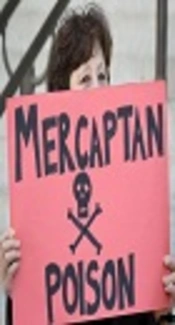This article is retracted by EIC request.
Background:
Mercaptans are the highly flammable and malodorous natural gas odorants in the urban gas distribution network and are used to detect gas leakage. Exposure to high concentrations of this substance has deleterious impacts on human health.
